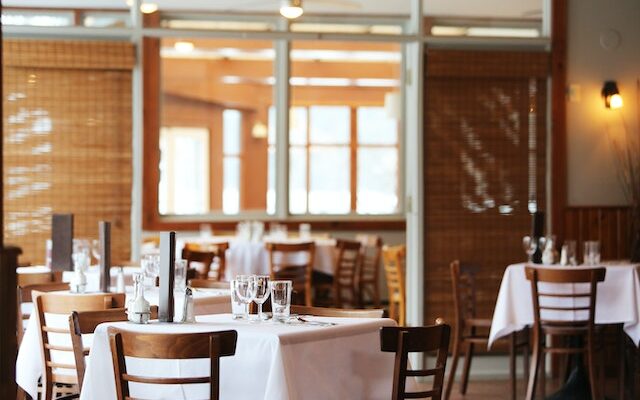The restaurant industry has undergone significant changes in recent years, with technology playing an increasingly important role in improving the dining experience. One of the most significant developments in restaurant technology is online table ordering. In this article, we’ll explore the benefits of online table ordering, and why it’s the future of restaurant technology.
Increased Efficiency
Online table ordering is incredibly efficient, both for the restaurant and the customers. With online table ordering, customers can browse the menu, place their orders, and pay from their mobile devices. This eliminates the need for servers to take orders manually, which can be time-consuming and prone to errors. It also means that customers don’t have to wait for a server to take their order, which can lead to a faster and more efficient dining experience.
Improved Accuracy
Online table ordering also helps to improve the accuracy of orders. When customers enter their order online, they can see exactly what they’ve ordered and make changes or corrections before submitting their order. This reduces the likelihood of mistakes and ensures that customers get exactly what they want.
Enhanced Customer Experience
Online table ordering can also enhance the overall customer experience. Customers can take their time browsing the menu and choosing their dishes, without feeling rushed by a server. They can also make special requests or dietary restrictions easily, and the system can provide them with recommendations based on their preferences. With online table ordering, customers have more control over their dining experience, which can lead to greater satisfaction and loyalty.
Data Collection and Analysis
Online table ordering also provides restaurants with valuable data that can help them improve their operations. By analyzing order patterns and preferences, restaurants can better understand their customers and tailor their menus and service to meet their needs. This data can also be used to optimize inventory management, reduce waste, and improve profitability.
Reduced Wait Times
Online table ordering can significantly reduce wait times for customers, as it streamlines the ordering and payment process. With traditional table service, customers may have to wait for a server to take their order, then wait again for the server to bring their food and check. Online table ordering eliminates these wait times, as customers can place their orders and pay directly from their mobile devices.
Contactless Ordering and Payment
In the wake of the COVID-19 pandemic, contactless ordering and payment have become increasingly important. Online table ordering allows customers to place their orders and pay without having to exchange physical menus or payment methods with servers. This can help to reduce the spread of germs and make customers feel more comfortable dining out.
Upselling and Cross-Selling
Online table ordering systems can also provide opportunities for upselling and cross-selling. For example, when customers add an item to their cart, the system can suggest complementary dishes or drinks. This can help to increase revenue for the restaurant and provide customers with a more personalized dining experience.
Customizable and Flexible
Online table ordering systems can be customized to meet the needs of different types of restaurants. For example, some systems allow for tableside ordering, while others may offer self-service kiosks. Online table ordering can also be integrated with other restaurant technology, such as point-of-sale systems and kitchen display systems, to create a seamless and efficient workflow.
Conclusion
Online table ordering is the future of restaurant technology, offering increased efficiency, improved accuracy, enhanced customer experience, and valuable data collection and analysis. If you’re a restaurant owner, consider implementing online table ordering to improve the dining experience for your customers and streamline your operations. With the right online table ordering system, you can stay ahead of the competition and meet the evolving needs of your customers.














